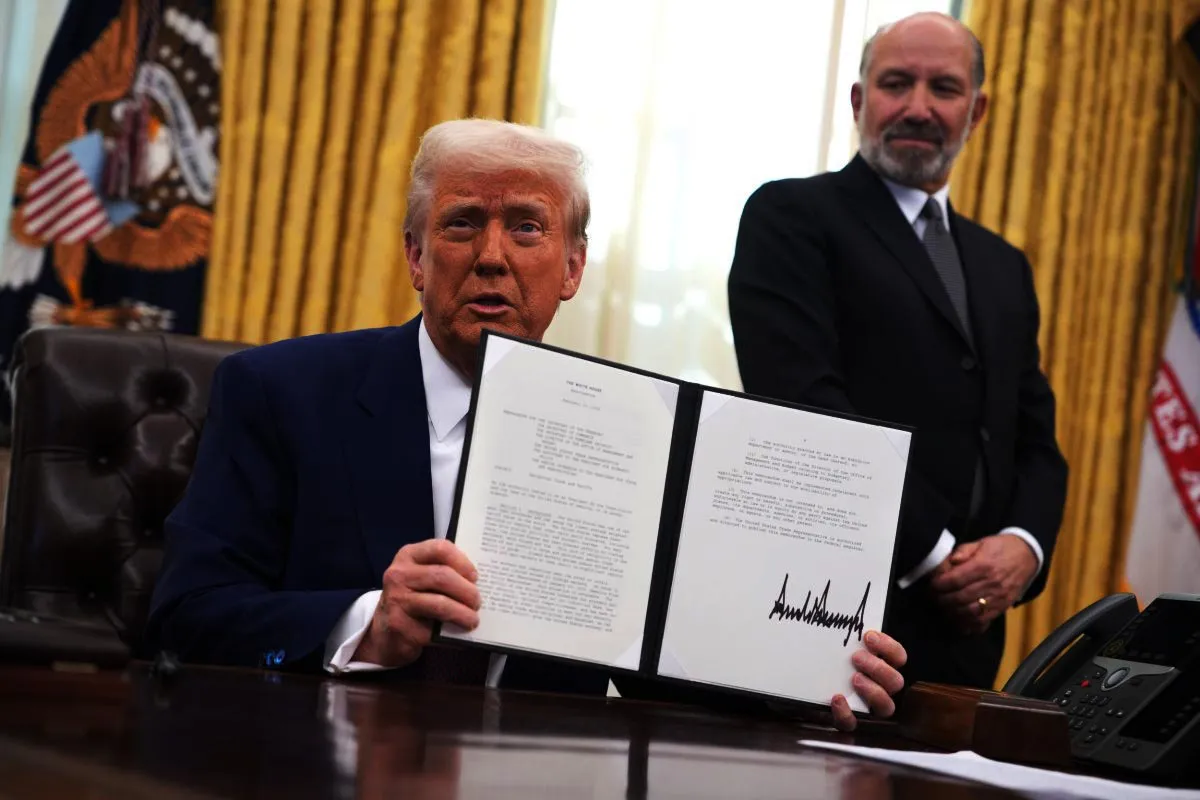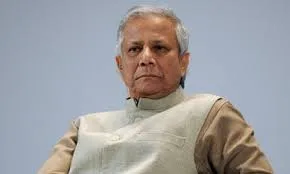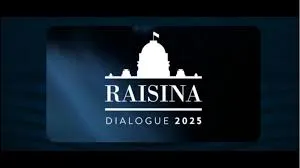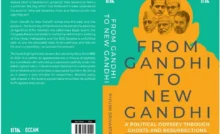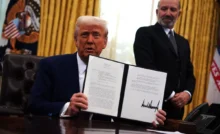The recent controversy surrounding obscenity on social media is being fuelled by overreaction by both sides of the divide—the divide that comes between so-called modernity and conservatism. While one side is adding the cover of “freedom of speech” to basically obscene and outrageous content, the other side is resorting to extreme action as a counter. What was on display in the viral clip featuring some young and massively popular social media influencers was crass and vulgar. Given that the “jokes” made were based on some western comedy shows and were intended to shock, although apparently in a closed door programme, proves that the makers of such shows lack the ability and creativity to think independently, or even adapt such western shows according to Indian tastes and mores. At the best they can copy-paste content they have lifted from the West. They think it’s all very modern to follow the West blindly, forgetting their own cultural moorings. In reality, they are nothing but deracinated. At the same time, however much they want to belong, they will never be a part of the western “creative” milieu, simply because they are Indian.
Crossing certain sacrosanct familial boundaries may be a practice in a minuscule section of the western “creative” environment, but in India, anything like this will be taken as a sign of a perverted mind. There is a reason why pornography, and that too in a sacrosanct space, is not normalised in civilized societies—for that matter, even in the West. It is because of this that there is sheer fury at these youngsters’ actions. What they said was not a slip of tongue, it was said deliberately with the intention to shock and offend. And they knew that they were crossing boundaries, else they wouldn’t have said such things behind closed doors, in front of a select audience. There is apparently much unhappiness in the influencer community over the incident, not because what they said was obscene, but because the video clip got leaked and went viral. Apparently, they are wondering if the leak is a conspiracy by OTT platforms because their shows are diverting the OTT viewer to their YouTube channels. Instead, shouldn’t have they wondered why they felt the need to cross the deep red line to appeal to a select audience? What is the difference between pornography websites and such influencer channels, if the content that such channels dish out cannot be made public except to a handful of people? If the argument is that in India consumption of pornography is high and thus to object to the influencers’ obscene content is hypocrisy, then the counter argument is, they might as well start labelling themselves as pornographic channels and not influencer channels.
As for the argument that it is about freedom of speech—in India, freedom of speech is not absolute and comes with “reasonable restrictions”. As Indians, content creators will have to follow Indian laws, so there is no point crying about how “illiberal” India is.
Now about the reaction to this controversy. No one should be sent to jail for being degenerate and foolish. Action should stop with a warning, and should not be taken to the level of hounding them to the extent where they start fearing for their lives. It must be recognised that social media has opened up a new career path of content creation for many people—young and old. Although this phenomenon may not last long as newer technologies and modes of communication catch audience fancy. But, for the time being, to spite these content creators their moment in the sun may come across as jealousy. Instead, content creation should be celebrated for it is a means for many people to earn a decent living. Fear should not come to dominate the sector, for that is one certain way to kill it. Exemplary punishment for suffering from verbal diarrhoea is not prison time. The punishment is unsubscribing from such channels, or simply switching channels. A loss in viewership is the only way of disciplining such content creators. It should be left to the viewer to decide the fate of such content creators. The audience is discerning enough to distinguish between good and obscene content. There is no need for the State to get involved in this and hound these content creators.




